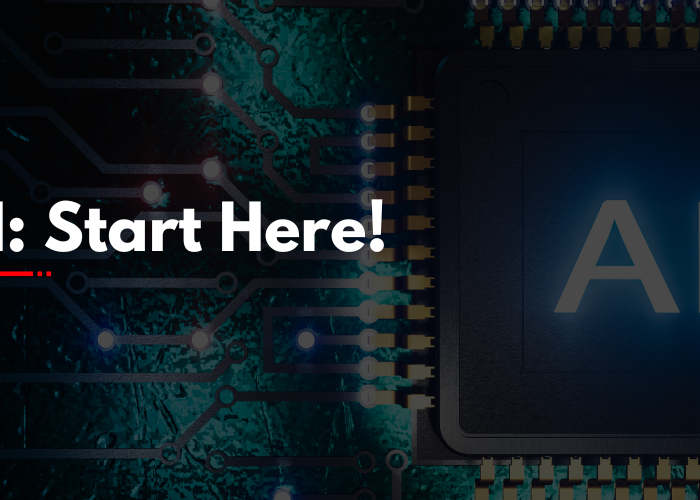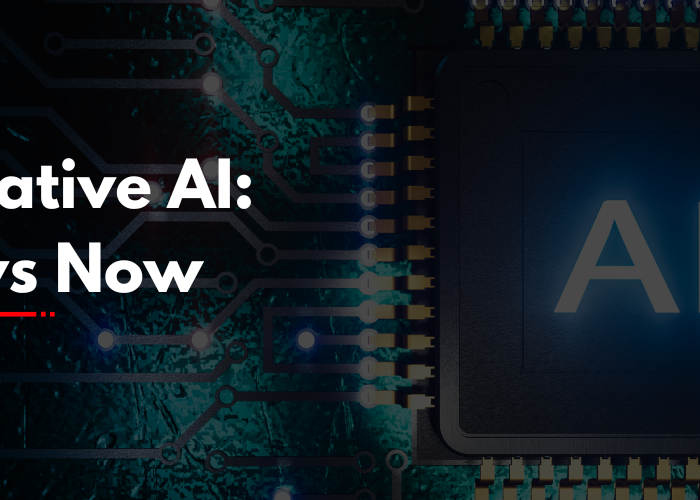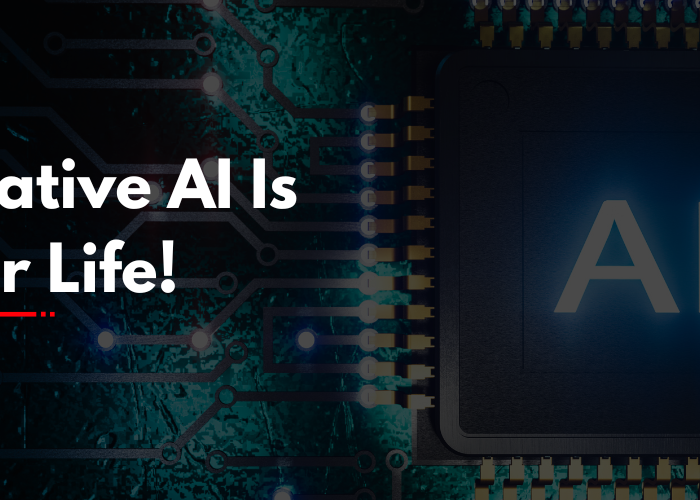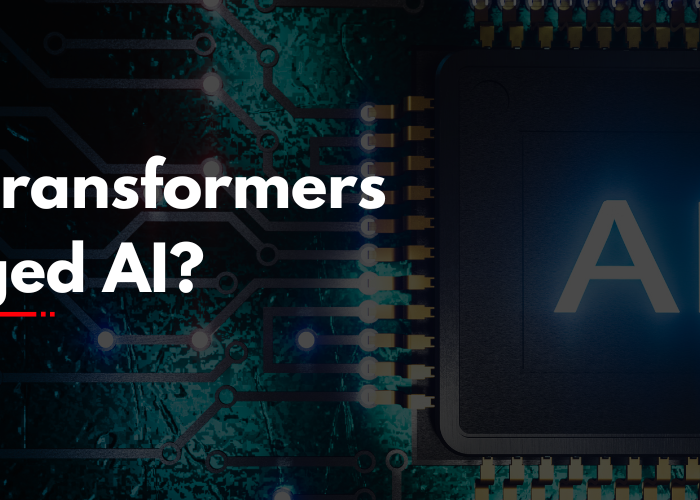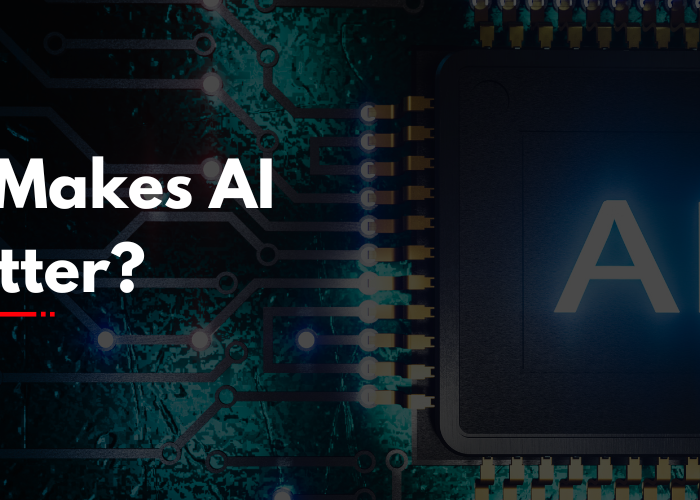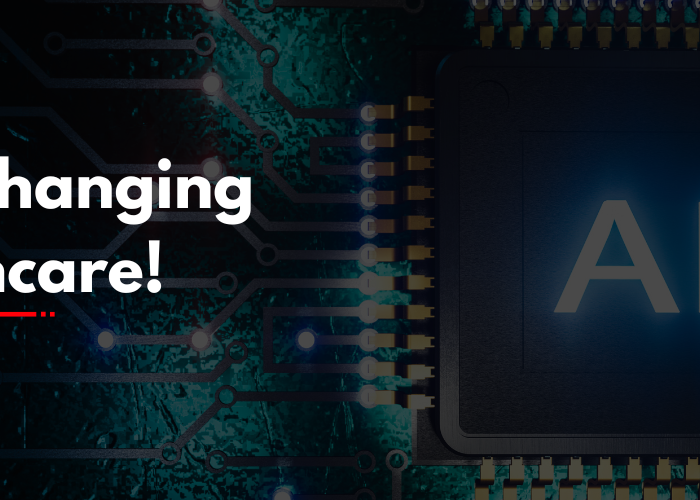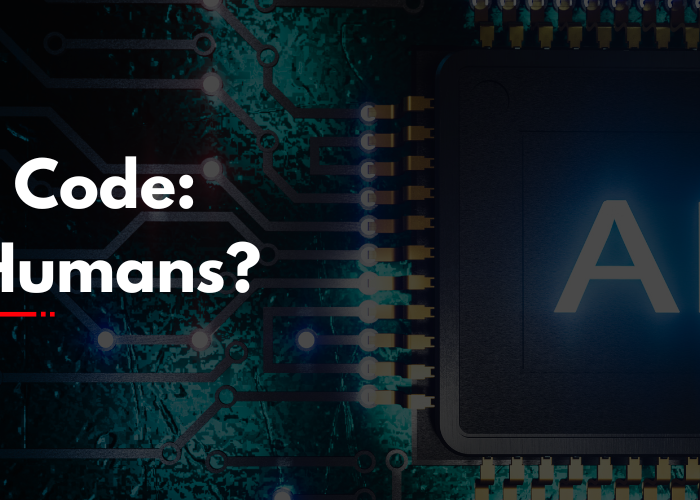Introduction
It wasn’t long ago that it took a tremendous amount of time, effort, and human ingenuity to come up with content a blog post, a video, an ad copy, or even a meme. That’s still the case to some degree, but there’s a new kid on the block: generative AI. It’s no longer just assisting creators with ideas it’s writing, designing, editing, and personalizing content in real-time.
From social media posts to scripts for videos, generative AI is flipping the traditional content creation process on its head. And it’s not about replacing human creativity it’s about amplifying it. Whether you’re a marketer, writer, small business owner, or just someone trying to keep up with your side hustle, chances are generative AI is already part of your toolkit or should be.
Key Components
Generative AI tools exist in various Flavors based on what you’re attempting to create:
Text Generators: Applications such as ChatGPT, Jasper, and Copy.ai make it easy to generate blogs, captions, emails, and product descriptions.
Image Generators: Midjourney, DALL·E, and Canva’s AI features enable users to produce beautiful images from basic text prompts deal for social media or marketing materials.
Video and Audio Tools: Tools such as Synthesia or Descript utilize AI to create or edit video content, usually by simply uploading a script or voice recording.
Content Planners: Certain AI tools help with strategy and ideation proposing content calendars, topic groups, or even SEO-friendly outlines according to trending.
Both kinds of tool cater to distinct stages of the content pipeline, thereby streamlining the entire operation faster and with more flexibility.
Types of Generative AI for Content Creation
Generative AI takes many forms in the medical world, each tailored to specific needs:
- Text-based generation: Think AI writing discharge summaries, clinical notes, or patient-friendly explanations of medical conditions. Tools like ChatGPT are being adapted for medical writing to save doctors time and reduce burnout.
- Image generation and enhancement: AI models can generate high-quality synthetic medical images (like MRIs or CT scans) to train other systems or fill in gaps in patient data.
- Molecular generation: Perhaps the most groundbreaking—AI can “imagine” new drug molecules that might bind to a target protein and stop disease at the source.
- Predictive models: These use patient data to forecast future health risks or outcomes, helping doctors make more informed decisions.
Each type plays a role at different stages—before diagnosis, during treatment, or even long after recovery.
Key Benefits and Challenges
Benefits
Speed: Something which could take hours previously compose a blog post, edit video footage, design an image is now possible within minutes.
Scalability: AI makes it easier to create content for multiple platforms at once, adapted to various formats and audiences.
Inspiration: Stuck on a creative block? AI tools are perfect for breaking writer’s block or assisting brainstorming new concepts.
Personalization: AI can personalize messages to given audiences, boosting engagement and relevance without doing it yourself.
Challenges
Originality: There’s a thin line between “inspired by” and “generic.” Without a thorough edit, AI content may come off as repetitive or a soulless duplication.
Quality Control: AI is not always correct it may produce something that sounds correct but is completely off-target. You still require human control.
Ethical Questions: Who do you own the rights to, when you create content with AI? Is it right to use AI to impersonate someone’s style or paintings? These are continuing discussions.
Overreliance: It’s easy to have AI do everything, but that can atrophy your own creative muscles eventually.
The tools are strong, but, as any tool, they must be used carefully.
Real-Time Applications
You probably don’t even know, but generative AI is already deeply integrated into daily content workflows:
- Social Media Managers utilize AI to create captions, recommend hashtags, and plan posts.
- Bloggers and Marketers write outlines, entire articles, or email campaigns with AI writing tools.
- E-commerce Brands write dozens of product descriptions with the assistance of automation, providing consistency at scale.
- YouTubers and Podcasters rely on AI to script out videos, summarize transcripts, or even create voiceovers in various languages.
- Designers work with AI to design thumbnails, infographics, or mockups without having to begin from scratch.
It’s your virtual content assistant always available, always quick.
How It Works
Let’s simplify it without the technical terms. You provide AI with a prompt such as “Write a blog about the advantages of yoga.” The AI uses that prompt and, based on everything it learned from its training data, makes an educated guess at what an excellent blog post would be.
It doesn’t just take text from somewhere it builds something word by word, from what it has learned. It understands that a blog tends to begin with an intro, contains headers, and perhaps concludes with a call to action. That’s how it generates content that not only sounds like it was written by a human being but sounds genuinely human.
The same principle applies with images or videos. You ask, “I want an image of a warm coffee shop in winter,” and the AI creates it from all the warm coffee shops it’s learned from before without plagiarizing any single one.
Get Started with Generative AI in Content Creation
You don’t have to be a technology whiz to get started. Here’s how to start today:
Choose an In-Tool: Experiment with ChatGPT for composing, Canva’s Magic Design for visuals, or descript for audio/video editing.
Begin Small: Experiment with it to rewrite a social media post, come up with ideas for blog posts, or write a rough email draft.
Edit and Make Your Own: Don’t click publish refine the output so it reflects your voice. AI provides you the clay, but you’re still the sculptor.
Stay Curious: Dive into new tools as they’re released. Many now integrate seamlessly into tools you already use, such as Notion or Google Docs.
Learn Through Use: To learn generative AI, just play with it. The more attempts you make, the more you’ll realize how it can fit your process.
Conclusion
Generative AI isn’t here to steal the spotlight from creators it’s here to help them shine brighter. It turns long processes into quick tasks and opens new creative possibilities that weren’t possible before.
Whether you’re crafting content for a brand, growing your personal platform, or just trying to post consistently without burning out, generative AI is a powerful tool to have in your arsenal.
The future of content isn’t made it’s co-made. And if you jump on board now, you’ll be a trendsetter, not a follow-up.


